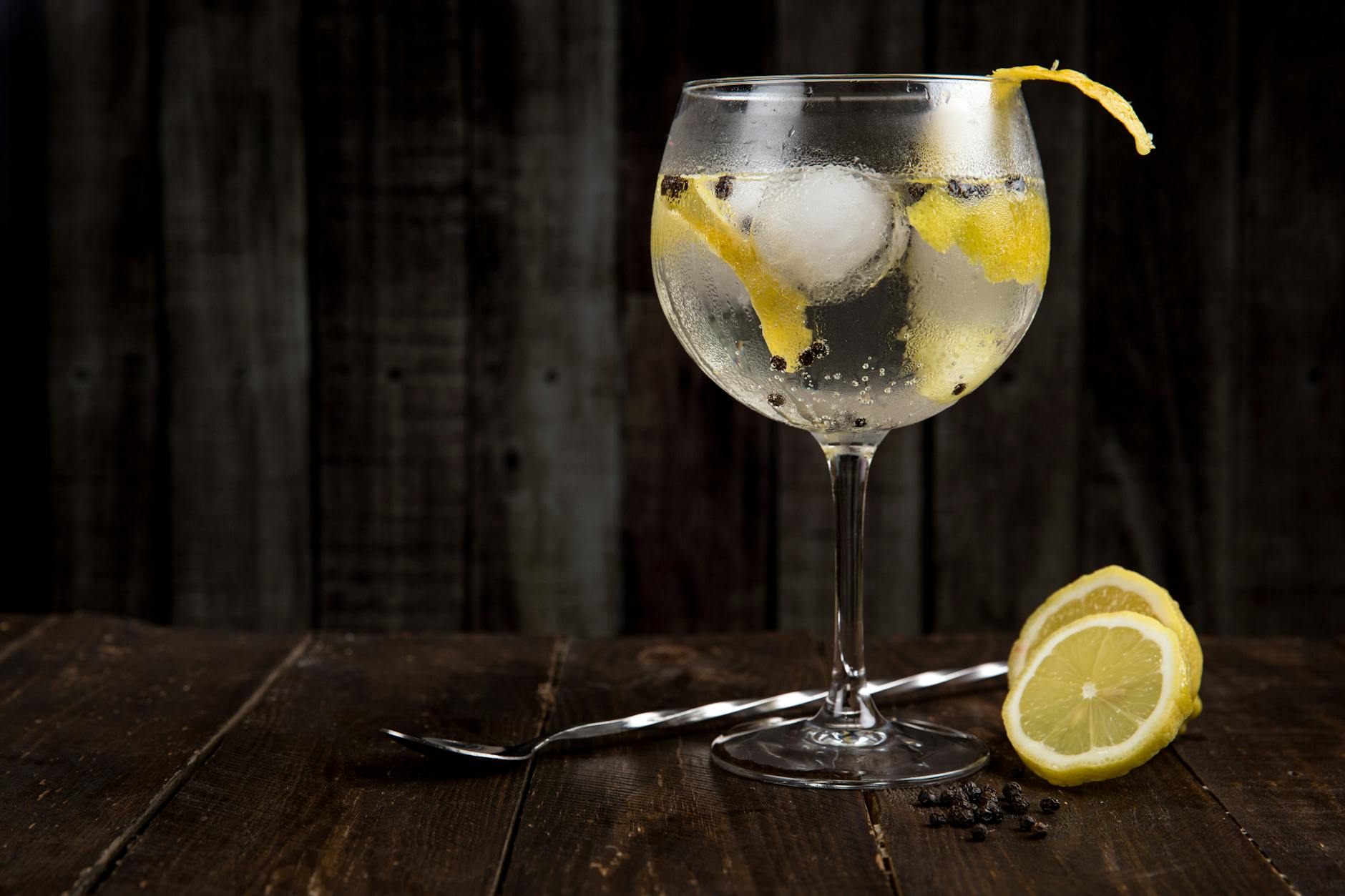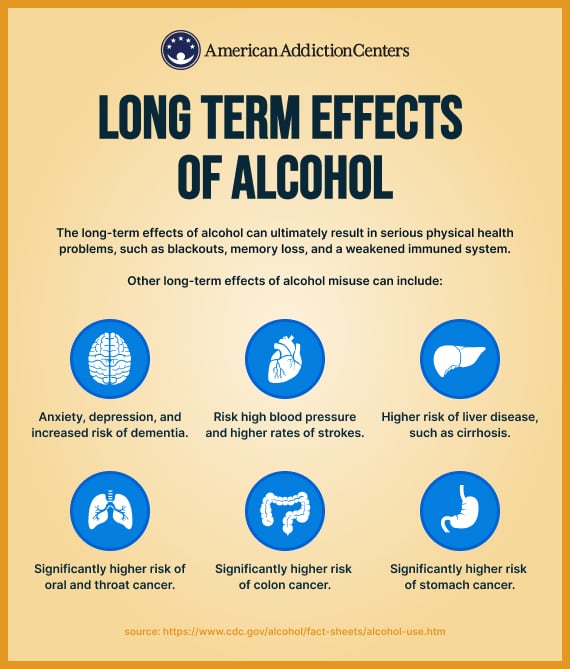Uncover the surprising ways food, gender, and speed of consumption can impact your blood alcohol content levels. Discover more now!

Image courtesy of Toni Cuenca via Pexels
Table of Contents
When it comes to the question of how many beers it takes to get drunk, there are numerous factors that come into play. Understanding the interplay between these factors is essential for gauging one’s level of intoxication effectively.
Body Weight and Gender
One key factor that influences how many beers it takes to get drunk is body weight. Generally, individuals with a higher body weight have more blood volume, which can help dilute the alcohol consumed. However, it is important to consider that muscle mass and fat distribution also play a role in alcohol metabolism.
Gender is another important factor to consider. Women tend to have a higher percentage of body fat compared to men, which can lead to less water content in their bodies. As a result, women may reach a higher blood alcohol concentration (BAC) quicker than men when consuming the same amount of alcohol.
Metabolism and Genetics
Metabolism plays a significant role in alcohol intoxication. Individuals with faster metabolism rates are able to process alcohol more quickly, leading to a lower BAC compared to those with slower metabolism rates.
Genetic factors also influence alcohol tolerance levels. Some people possess certain enzymes that break down alcohol more efficiently, while others may lack these enzymes and experience heightened intoxication effects.
Food Consumption and Speed of Drinking
Consuming food before or while drinking can have a significant impact on alcohol absorption. Food in the stomach can help slow down the rate at which alcohol enters the bloodstream, leading to a lower BAC. Foods high in fat and protein are particularly effective in slowing down alcohol absorption.

Image courtesy of rehabs.com via Google Images
Furthermore, the speed at which alcohol is consumed can heavily influence intoxication levels. Rapid consumption of multiple beers in a short period can result in a quicker rise in BAC and increased intoxication.
Understanding Personal Tolerance Levels
Each individual has a unique alcohol tolerance level based on a combination of the factors discussed above. It is crucial to know your own limits and recognize when you have reached a point of intoxication. Symptoms such as impaired coordination, slurred speech, and impaired judgment are indicators that you have consumed too much alcohol.
Conclusion
Ultimately, the question of how many beers it takes to get drunk is nuanced and depends on a variety of factors. By understanding the science behind alcohol metabolism and the influences on intoxication, individuals can make informed decisions about their drinking habits. Remember always to drink responsibly, know your limits, and prioritize safety when consuming alcohol.
How does food impact alcohol absorption?
Consuming food before or while drinking can slow down alcohol absorption, leading to a lower blood alcohol concentration (BAC). Foods high in fat and protein are particularly effective in delaying the rate at which alcohol enters the bloodstream.
What role does metabolism play in intoxication levels?
Metabolism plays a significant role in alcohol intoxication. Individuals with faster metabolism rates can process alcohol more quickly, resulting in a lower BAC compared to those with slower metabolism rates.
Do genetics influence alcohol tolerance levels?
Yes, genetic factors can influence alcohol tolerance levels. Some individuals possess enzymes that break down alcohol more efficiently, while others may lack these enzymes and experience heightened intoxication effects as a result.
How does gender affect intoxication levels?
Gender can impact intoxication levels, as women tend to have a higher percentage of body fat compared to men. This can lead to less water content in their bodies, causing women to reach a higher BAC quicker than men when consuming the same amount of alcohol.
Generated by Texta.ai Blog Automation
Leave a Reply